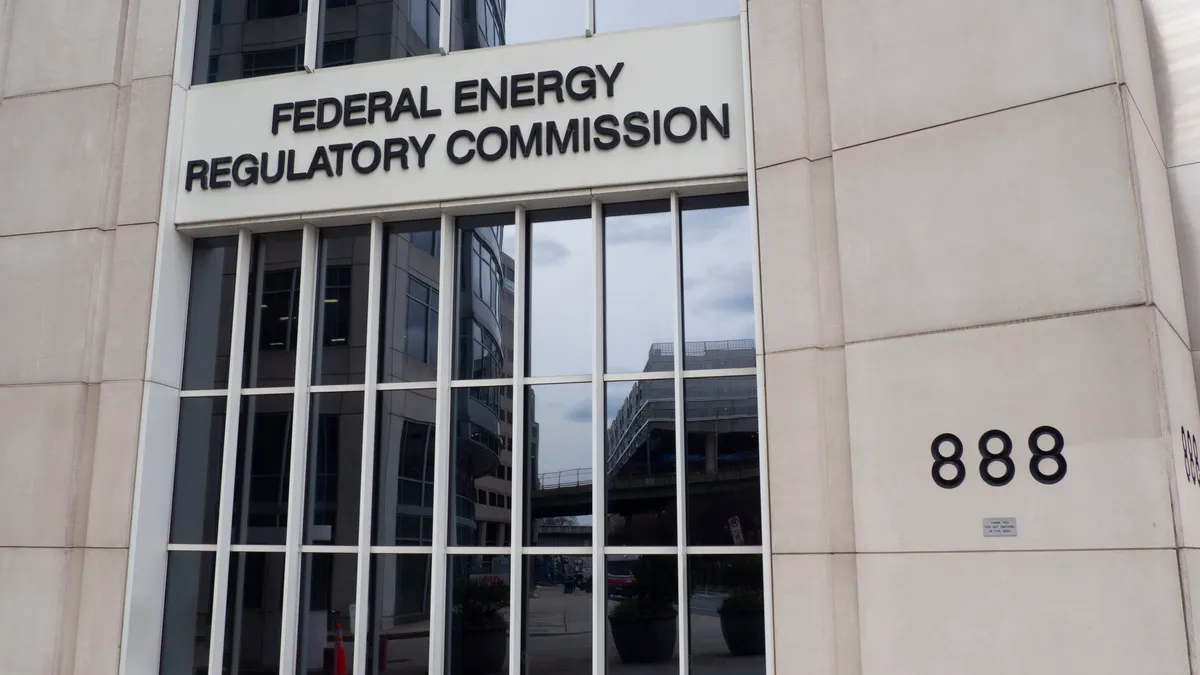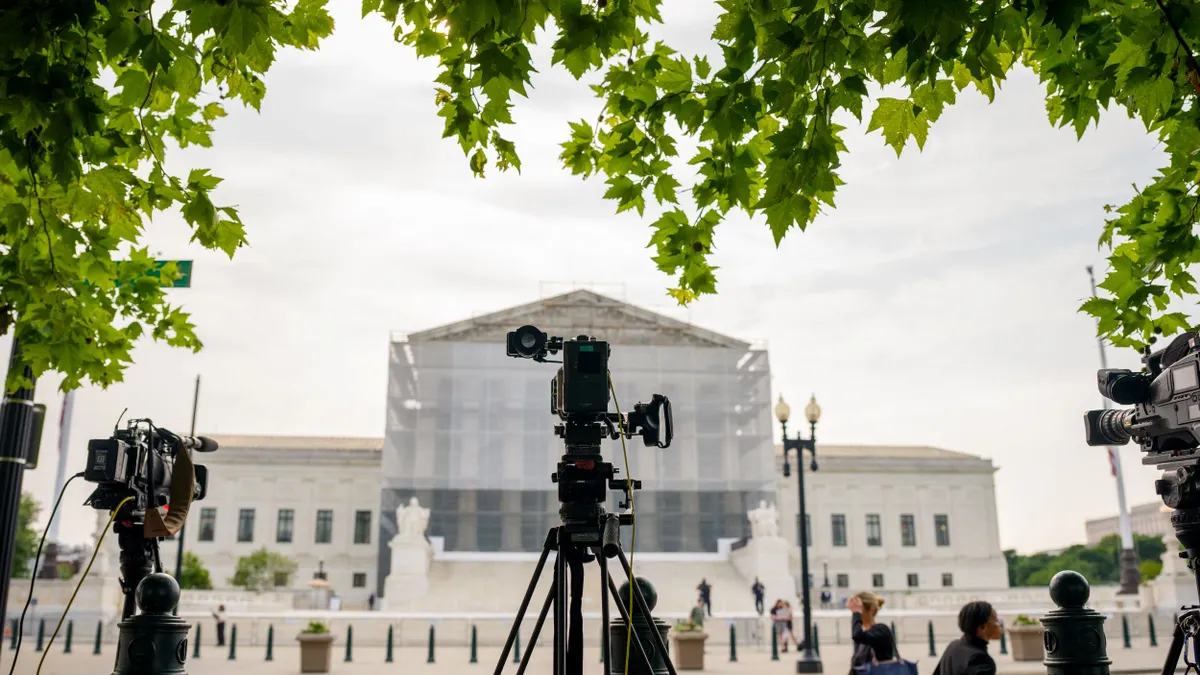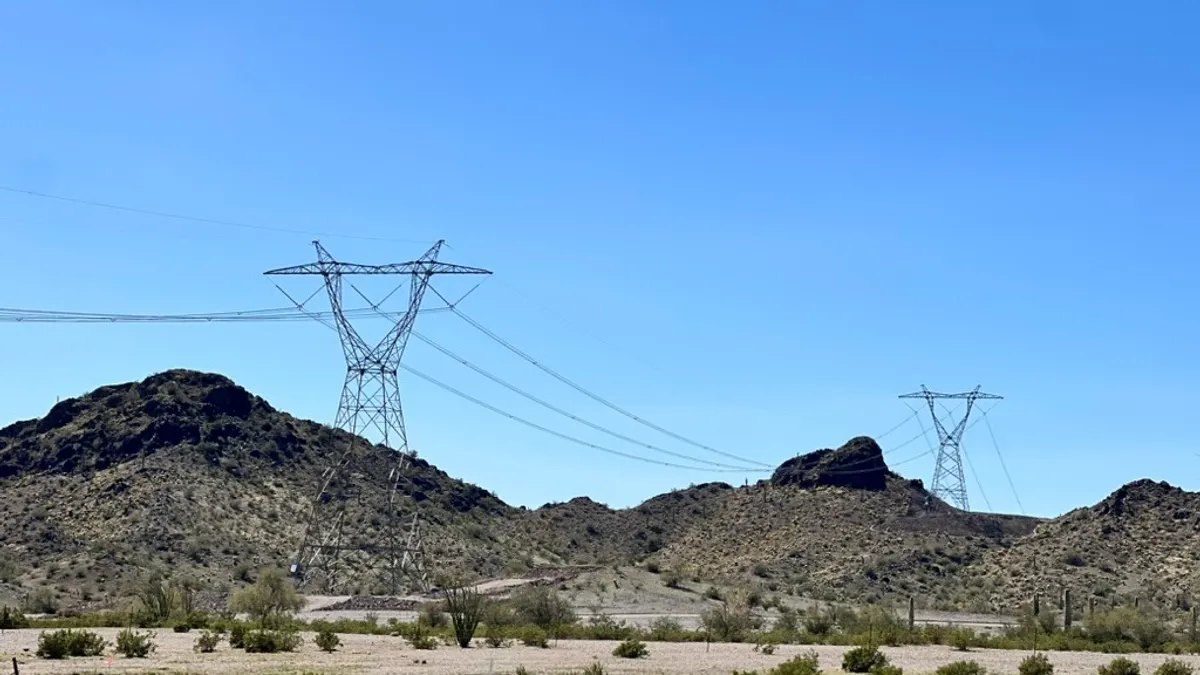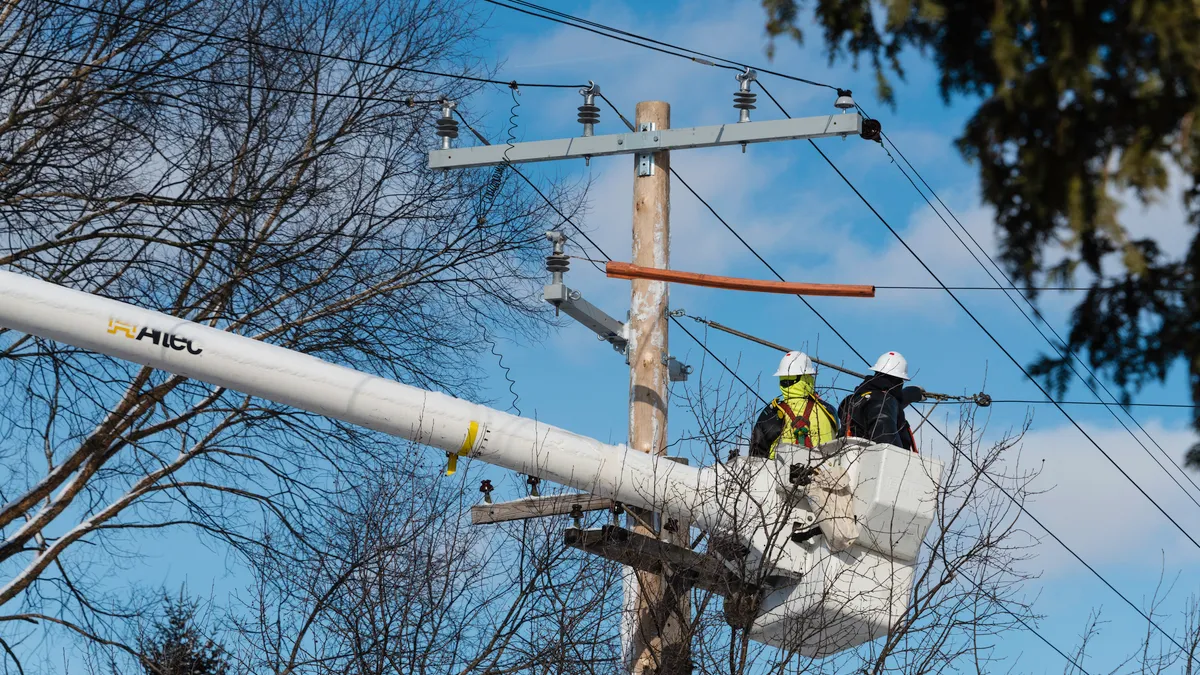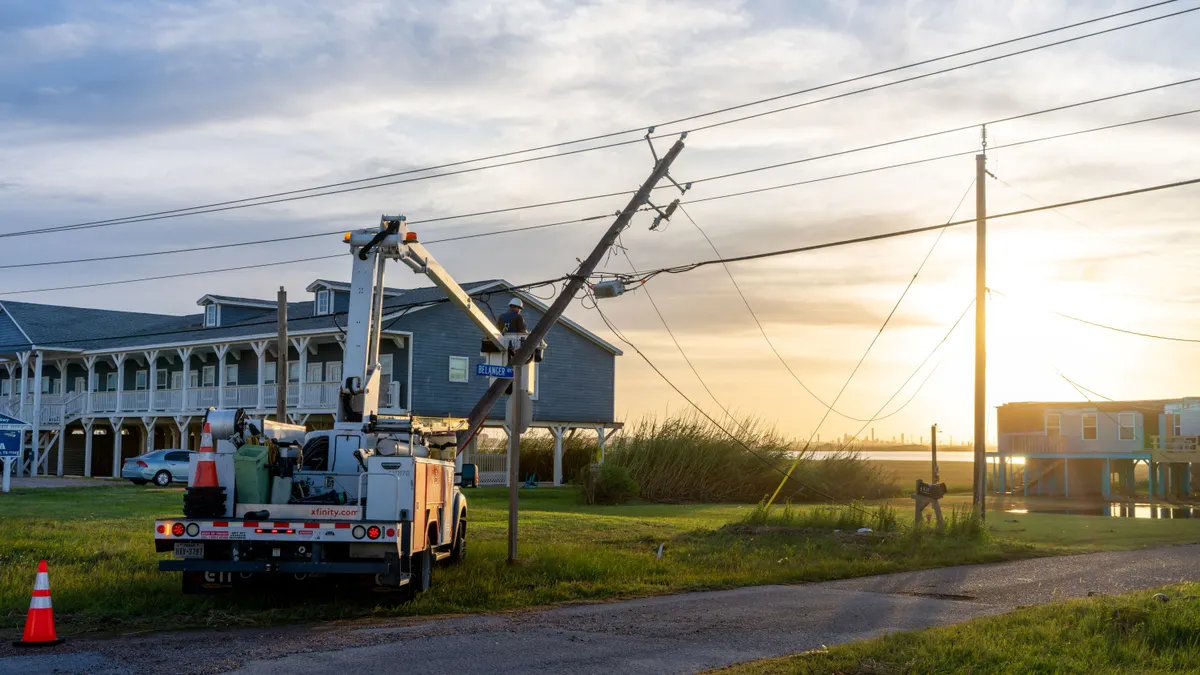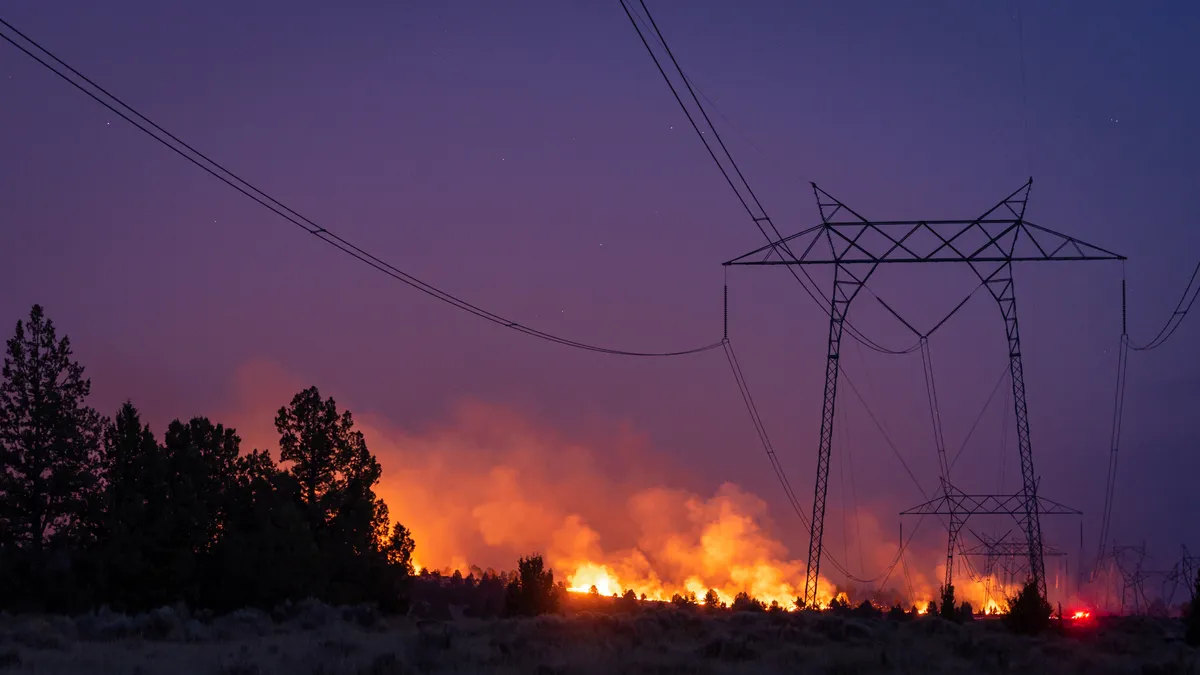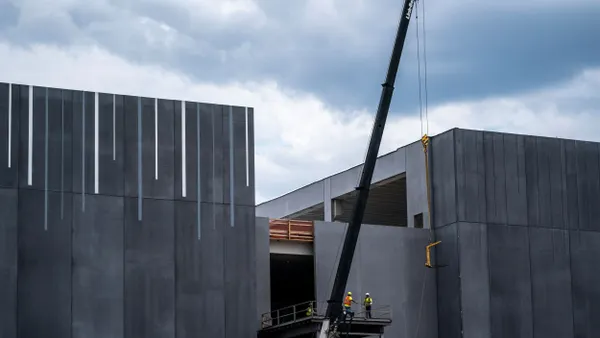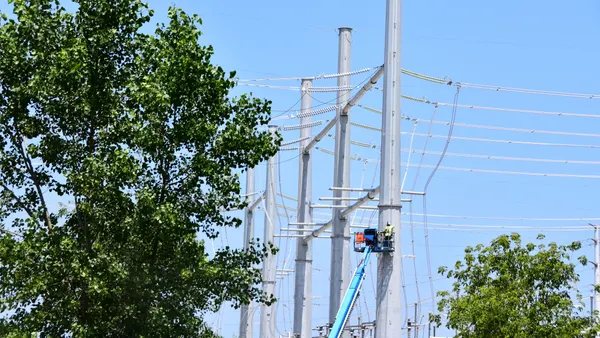The Federal Energy Regulatory Commission on Thursday conditionally approved the Southwest Power Pool’s Markets+, a real-time and day-ahead market the grid operator expects will begin operating in the West in 2027.
“Time and time again, we've observed that through market formation, customers can achieve economic benefits … and there are associated reliability benefits when markets allow for efficient dispatch of resources, including during times of system stress,” FERC Chairman Willie Phillips said during the agency’s open meeting.
Approving Markets+ is “a really important step forward as the West is continuing to develop and think through the right options … for reliability and affordability for the consumers and constituents across that region,” FERC Commissioner Lindsay See said.
FERC Commissioner Judy Chang said she was a strong supporter of market development in the West. “This is extremely important … in facilitating the efficient use of generation and transmission, ultimately to benefit consumers,” Chang said.
In its decision, FERC declined to consider how the seams between Markets+ and other Western markets will be managed.
“We anticipate that seams between centrally cleared markets (e.g., [the Extended Day-Ahead Market] and Markets+) and between markets and non-market areas will necessitate agreements between parties that will address issues such as data sharing, congestion management, and transmission rights and use,” FERC said. “However, we agree with SPP that the parties to or scope of the issues that will need to be addressed by such agreements are not yet fully known.”
The seams issue is one of several issues that remain to be addressed, Chang said in a concurrence to FERC’s order.
The rules and procedures governing transmission commitments to and withdrawals from Markets+ — with implications for abusing market power — will be further fleshed out in filings by market participants, Chang said.
“Regulators and market participants need clarity regarding what transmission will be made available to the market by transmission service providers, how state-regulated [greenhouse gas] price adders will be factored into market dispatch for certain parts of the market and not in other parts of the market, and the specific criteria to determine what aggregations of resources are permissible,” Chang said.
Commissioners Mark Christie and David Rosner in a concurrence urged SPP to move quickly to fund an organization for state utility regulators with their own staff to help govern Markets+ and SPP. Chang and See said they supported the idea.
“We believe [regional transmission organization] state regulator organizations must have their own dedicated staff to be effective in evaluating and advising on RTO matters, especially when it comes to the impact of those matters on individual states and their consumers,” Christie and Rosner said. “As the energy industry becomes increasingly more complex, it is critical that states have the resources and staff they need to participate fully.”
FERC’s approval of Markets+ is a key advance in market development in the West. Utilities and others will be able to choose between joining Markets+ and the Extended Day-Ahead Market, which the California Independent System Operator plans to launch in 2026.
The Bonneville Power Administration expects to decide in May which market it intends to join. BPA’s staff has recommended it join Markets+, but it has received pressure to join EDAM. BPA is holding a Jan. 29-30 workshop to discuss its options.
“BPA is pleased that the Federal Energy Regulatory Commission has approved SPP’s Markets+ tariff, which was crafted through a robust stakeholder process,” Rachel Dibble, BPA power services vice president of bulk marketing, said in an SPP press release. “This guarantees BPA has two viable day-ahead markets to consider as we make our way toward a day-ahead market decision later this year.”
Arizona Public Service, Xcel Energy’s Public Service Co. of Colorado, Salt River Project, Tucson Electric Power and UniSource Energy Services are among utilities planning to join Markets+.
PacifiCorp on Thursday asked FERC to approve tariff changes so it can join EDAM next year. The utility company expects EDAM will save its customers $359 million a year while reducing renewable energy curtailment across the market’s footprint by 9 TWh, according to the filing. The lower annual curtailment is worth $271 million a year in production tax credits, Brattle Group estimates.
PacifiCorp, with 1.9 million customers in six Western states, asked FERC to approve its proposal by May 16.
The Los Angeles Department of Water and Power, the Balancing Authority of Northern California and Portland General Electric also plan to join EDAM. Idaho Power, NV Energy, BHE Montana and Public Service Co. of New Mexico are leaning towards joining the CAISO-run market.
Here are three other takeaways from the meeting.
Phillips’ status remains unclear. During a media briefing, Phillips said he hasn’t had any direct contact with President-elect Donald Trump’s transition team. He declined to comment on his plans, saying he was focused on “running through the tape.”
After President-elect Donald Trump is inaugurated on Monday, FERC observers expect he will quickly name Christie or See, both Republicans, as interim chairman. FERC has a 3-2 Democratic majority, with Christie’s term ending on June 30 and Phillips’ term expiring June 30, 2026. Commissioners with expired terms can remain in their seats until the congressional session ends that year.
Phillips told reporters to “stay tuned” for potential environmental justice guidance from FERC. Starting with former FERC Chairman Richard Glick and accelerated under Phillips, the agency has beefed up its environmental justice considerations when it reviews gas infrastructure projects. “No commission in the history of FERC has done more to address the issue of environmental justice and to protect environmental justice communities than this commission,” Phillips said.
Congrats on Danly’s DOE nomination. FERC commissioners congratulated James Danly, a former FERC chairman, commissioner and general counsel, on his selection by Trump to be Department of Energy deputy secretary. “We served together well, and we wish him well in his next endeavor,” Phillips said.
During his tenure as a FERC commissioner, Danly said he thought wholesale power markets, and FERC’s oversight of them, were critically flawed. “FERC has allowed the markets to fall prey to the price distorting and warping effects of subsidies and public policies that have driven the advancement of large quantities of intermittent renewable resources onto the electric system,” he told the Senate Energy and Natural Resources Committee in May 2023.
Also, in 2022, Danly voted against FERC’s proposed transmission planning and cost allocation rule, saying its main purpose was to advance narrow environmental policy objectives.
FERC accepts MISO plan for DER aggregations. FERC accepted the Midcontinent Independent System Operator’s latest plan for letting distributed energy resource aggregations take part in its markets. However, the agency rejected some elements of the proposal and ordered MISO to make additional changes to its plan.
In its order, FERC accepted MISO’s plan to limit aggregations to a single node, saying the grid operator showed that pervasive congestion makes multi-nodal aggregations infeasible. The agency also accepted MISO’s June 1, 2029, start date for enrolling the grid operator’s distributed energy aggregations with participation set to begin Jan. 1, 2030.



